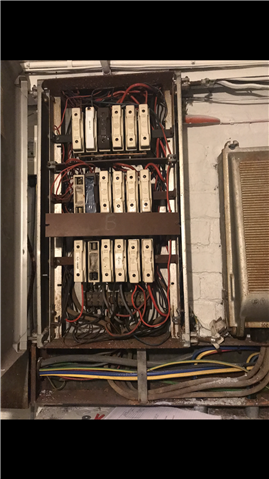If anyone has decent condition (not even that !) old Wylex plug/push -in MCB, you are sitting on a new gold currency !
The prices for them have gone through the roof - check out 'evilbay' for instance.
Not too long ago they could be had new for 7 to 10 quid.
Greedy folk in society demonstrate themselves again... reminiscent of hand sanitiser and toilet roll era.
:-)
